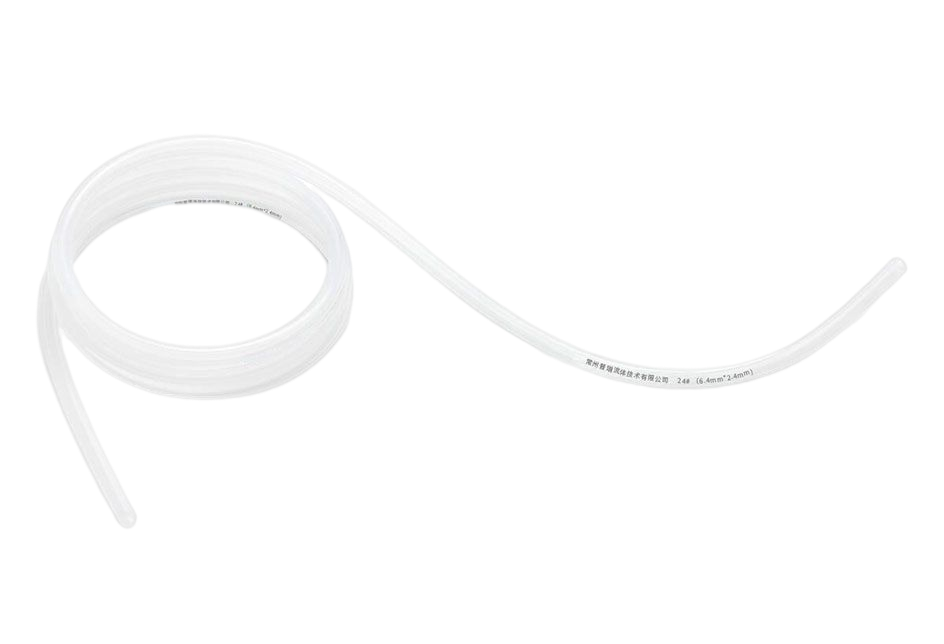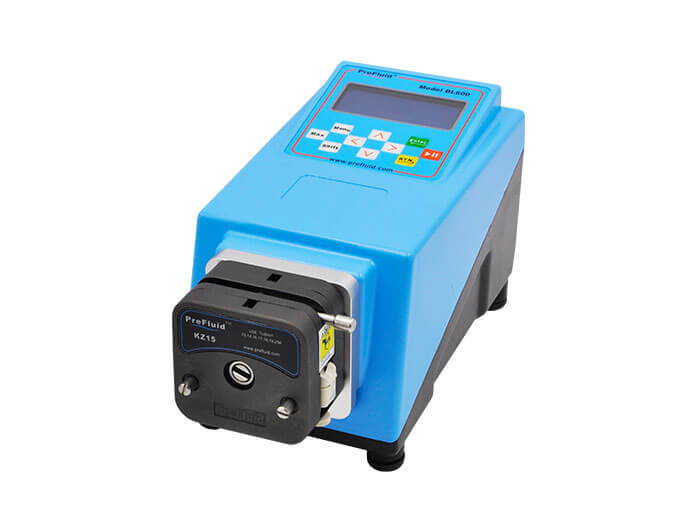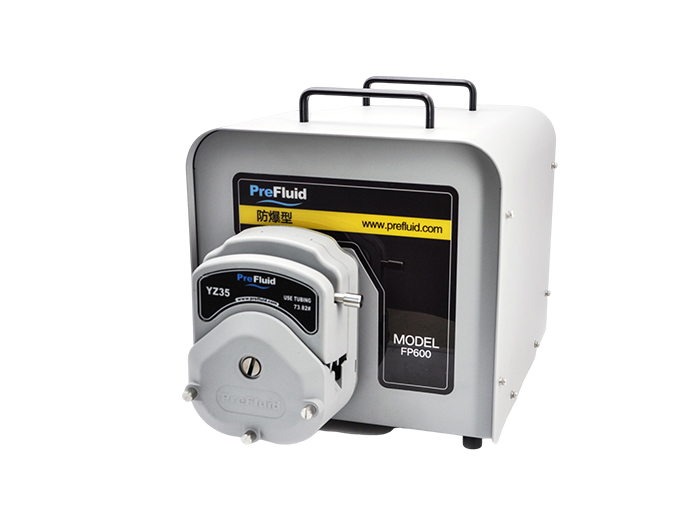When the peristaltic pump is used to transfer fluids, in some cases there will be bubbles in the transmission line, the reasons are various.
Peristaltic pump manufacturers introduce the existence of these bubbles in some occasions is not allowed to appear, so it is necessary to eliminate or improve according to the causes of bubbles. The following is a specific analysis through several questions:
Question 1:
At one or several fixed points at the end of the suction range, bubbles are produced continuously or intermittently, while no bubbles are produced at other parts. In this case, the joint seal is generally lax at the part of the suction end where bubbles are produced, the hose is damaged, the local porosity of the hose is too large, and the damage can not be seen from the outside of the hose, which belongs to the hose production problem.
Solution: Reconnect and plug the hose joint again. If there are still bubbles, it is necessary to replace the new joint; If it's a hose problem, you need to replace it with a new hose.
Question 2:
The suction end of the liquid is very dense with bubbles, bubbles are floating in the middle of the liquid, and at the head end almost no bubbles. This phenomenon is generally the transmission of viscous liquid, and suction range or suction range at the hose is smaller resulting in bubbles. In general, there will be dissolved air in the liquid, the normal atmospheric pressure is not visible, and the viscous liquid in the peristaltic pump hose transmission resistance is very big, if the suction is larger or the suction hose is thinner, this resistance will be more serious, which leads to the peristaltic pump suction hose inside the larger negative pressure.
At negative pressure, small bubbles of air dissolved in the viscous liquid grow in size, resulting in very dense bubbles seen at the suction end. Because the liquid is viscous, these small bubbles have high resistance to movement and are fixed relative to each other, so they do not accumulate. Therefore, when the liquid with bubbles enters into the head end, the transition from negative pressure environment to positive pressure environment, the bubble volume shrinks and returns to the natural state, it can not be seen.
Solution: This phenomenon basically does not affect the flow rate of liquid, so can be ignored. If air bubbles must be removed, consider heating the liquid or placing it under negative pressure to reduce the air solubility of the liquid.
Question 3:
A large number of dense bubbles are generated on the wall of the tube at the suction end. It can be obviously seen that the bubbles are generated on the wall of the tube and become larger. Moreover, the bubbles can enter the head end, and there are no dense bubbles on the wall of the pipe at the head end. This phenomenon is generally produced in the suction end of the hose with negative pressure, the main reason is that the hose itself is too large, the seal is not strict, in the case of negative pressure, air can enter the hose through the pores.
Solution: The replacement of the hose with worse permeability can effectively prevent the outside air from entering the inside of the hose. Note: there are pores in the wall of any flexible hose, and the size of the pores varies with different materials.
Question 4:
A large number of dense bubbles are produced on the wall of the hose at both suction end and head end, which gradually grow larger and can move along the direction of liquid transmission. This phenomenon generally appears in the fluid transmission process with low viscosity, the main reason is that the hose wall has adsorption effect on the air dissolved in the fluid, resulting in the air dissolved in the liquid will gather in the pipe wall, with the increase of the amount of gathered air, will produce a larger volume of bubbles, and in the fluid transmission will be out of the wall of the bondage. The phenomenon is more pronounced at higher room temperatures.
Solution: Consider heating the liquid or placing it in a negative pressure environment to reduce the air solubility of the liquid; Or consider lowering the ambient temperature to reduce the extent of the phenomenon.
Question 5:
No bubbles are generated or entered at the suction end, and bubbles do not appear regularly at the head end. There are two reasons for this phenomenon: the hose inside the running end of the pump head is damaged, leading to air entry; There is dissolved air in the transmitted fluid. When the hose at the running end of the pump head is squeezed to do work, the temperature will rise, which will heat the transmitted fluid, leading to the increase in the volume of the tiny air bubble dissolved in the fluid, and then produce the aggregation phenomenon. When the aggregate bubble is large enough, it will move with the fluid and appear at the head end. This phenomenon generally appears in the pump head speed is low.
Solution: If the hose is damaged, it is necessary to replace the hose running end of the pump head; If it is the second reason, you can consider reducing the operating pressure of the peristaltic pump head, that is, increasing the pressure pipe gap, which can effectively reduce the temperature rise of the hose, reduce the possibility of liquid bubbles, or you can consider heating the liquid or placed in a negative pressure environment to reduce the air solubility of the liquid, you can also improve the speed of the peristaltic pump to avoid this phenomenon.


